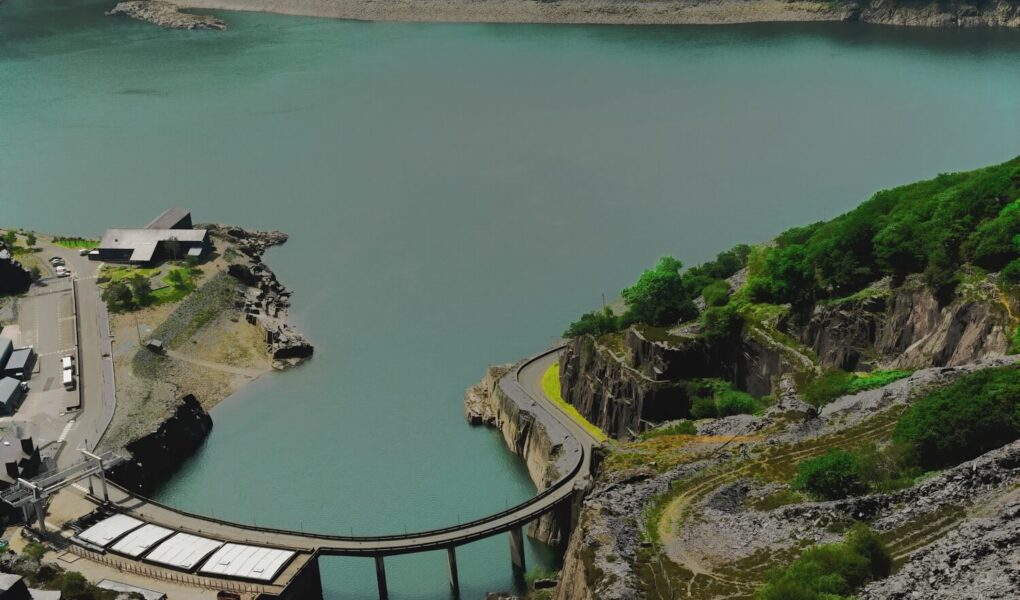Hydropower is by far the largest source of renewable electricity globally and is projected to grow further in the coming decades. However, some researchers have questioned the future of hydropower, concerned it could have a larger climate impact than is often acknowledged.
Studies show some hydropower plants can have emissions comparable to fossil fuel plants, adding to a long list of other problems with the technology, from impacts on river flow and ecosystems, to the displacement of local people. Many countries and institutions promote the expansion of hydro as a low-carbon way of meeting the world’s growing electricity demand, but can it shed its image as the dirty man of renewables?
The third renewable pillar
Water has been used as a source of energy for thousands of years, and hydro was one of the earliest forms of mechanical energy used.
Hydro has been the renewable energy technology from the purely mechanical days of grain grinding and textile mills of the mid and late 1800s. Even as we began to generate electricity, hydropower was a leader in the 1890s – 1940s where it was available. It competed primarily against coal.
Hydroelectric power remains by far the largest source of renewable electricity, supplying around 16 percent of global power in 2019 – roughly three times the generation of wind power and six times that of solar. To find out more about hydroelectric power visit the Utility Bidder website.
It is worth noting that many environmental groups do not consider large hydroelectric power a truly “renewable” resource due to its negative ecological impacts.
Hydro’s climate problem
The International Hydropower Association claims global emissions from fossil fuels and industry would be around 10 percent higher if electricity from hydro was provided by coal. However, a number of emissions studies have raised questions over hydro’s status as a clean power source.
Hydroelectric power emissions can come from forest clearance to make way for dams, the sourcing and transport of materials, and construction. Methane produced from inundated vegetation fermenting in the reservoir can be another major source, especially in the shorter term. The climate impact from these causes tends to be highest in the first decade of a dam’s operation.
In some cases, methane and other sources of biogenic carbon from hydroelectric power plants can be comparable with emissions from coal plants, concludes a 2016 paper led by Laura Scherer, now an assistant professor at the University of Leiden in the Netherlands. The study of around 1,500 hydroelectric power dams concluded that the overall carbon footprint of hydroelectric power was on average far higher than previously thought.
However, it also found there was huge variability between plants: the highest emitting ones tended to be in tropical areas with a high density of vegetation (and carbon), while taller dams with a small surface area of reservoir in temperate areas were lower emitting. Emissions from run of the river hydroelectric power, which avoids reservoirs altogether, were the lowest, she added.




